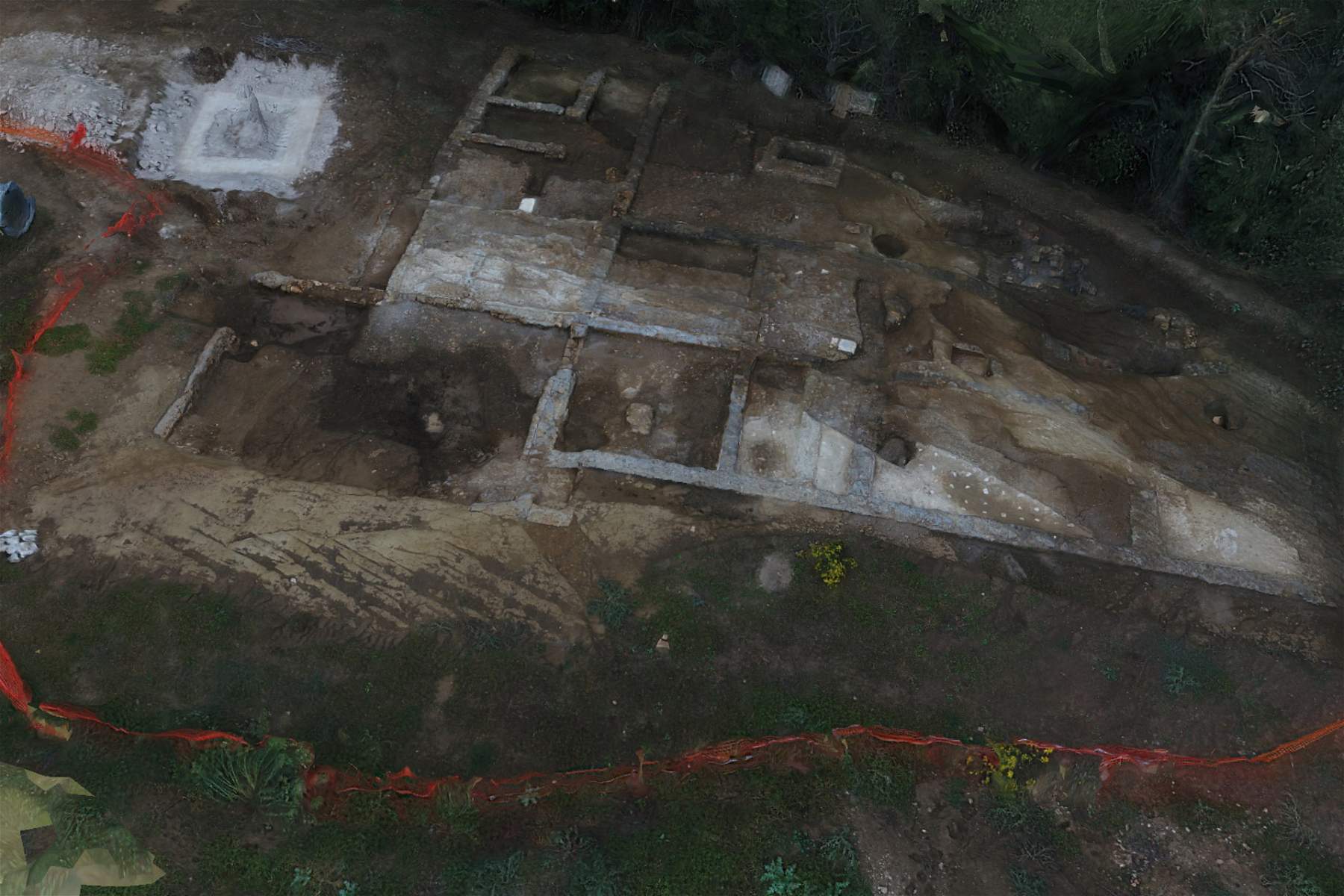Rome, Roman-era Villa Rustica discovered in Marcigliana reserve
Important discovery on the outskirts of Rome, in the Marcigliana nature reserve, emerged as part of the construction work for the new Roma Nord-San Basilio power line conducted by the Areti company (ACEA group). During the excavation activities, followed by the Special Superintendence of Rome, a Villa Rustica dating back to the third century B.C. and in use until the fifth-sixth century A.D. was in fact identified. The archaeologists of the superintendence are still sifting through the finds, but it is already possible to establish that this is an important discovery for obtaining information on the extra-urban context, and therefore on how life in the countryside of Rome was carried out in ancient times. Information that, moreover, is distributed over a span of eight hundred years, and the stratification phases of the villa allow us to assess modifications, expansions and renovations of the building (which basically follow the growth of Rome’s power and its decline).
The various phases of the villa’s “life” have already been identified: the oldest remains are those of the republican phase (the period to which the initial nucleus of the building dates, three rooms connected to a portico, to which were later added a room for food storage and, around the first century BC, a new, larger room, which constituted the first enlargement with a remodeling of the villa). The Villa Rustica was then completely transformed in the imperial age, when new brick structures were added, the floor level was raised, and the rooms were divided again. More rooms were added after the middle of the 1st century AD, while in the following century there was a new remodeling and the creation of additional new spaces. Also between the 2nd and 3rd centuries a thermal room with pipes for heating water was added to the villa: it is thought that this was the period when the villa enjoyed its greatest luster. The discovery of pottery dating from the 5th-6th centuries testifies that the building was used up to that time, although it did not undergo any changes. The Villa was in all likelihood a kind of farm with a residential part intended for the owner and his family, a part with workers’ quarters and another nucleus that instead housed the business (thus the rooms where processing took place and products were stored).
“This important discovery,” declares Daniela Porro, special superintendent of Rome, “shows how the work of the Superintendency is always carried out in synergy with those involved, without delays, indeed with efficiency and respect for the needs of the citizens. An excavation that testifies and confirms the richness of the territory surrounding the capital, which pushes to further investigate and study the past of our city even in its peripheral areas. Another precious piece of the great and surprising fresco that is the underground of Rome.”
“This archaeological find,” stressed instead Michaela Castelli, president of ACEA, “is an example of the peculiarity and uniqueness of a city like Rome. Acea is aware of this and feels the responsibility of operating in an area with a great archaeological heritage. This is why it works in close collaboration with the cultural institutions in the area, in particular with the Special Superintendence of Rome Archaeology Fine Arts and Landscape, with a view to respecting the places and the testimonies of history.”
 |
| Rome, Roman-era Villa Rustica discovered in Marcigliana reserve |
Warning: the translation into English of the original Italian article was created using automatic tools. We undertake to review all articles, but we do not guarantee the total absence of inaccuracies in the translation due to the program. You can find the original by clicking on the ITA button. If you find any mistake,please contact us.




























